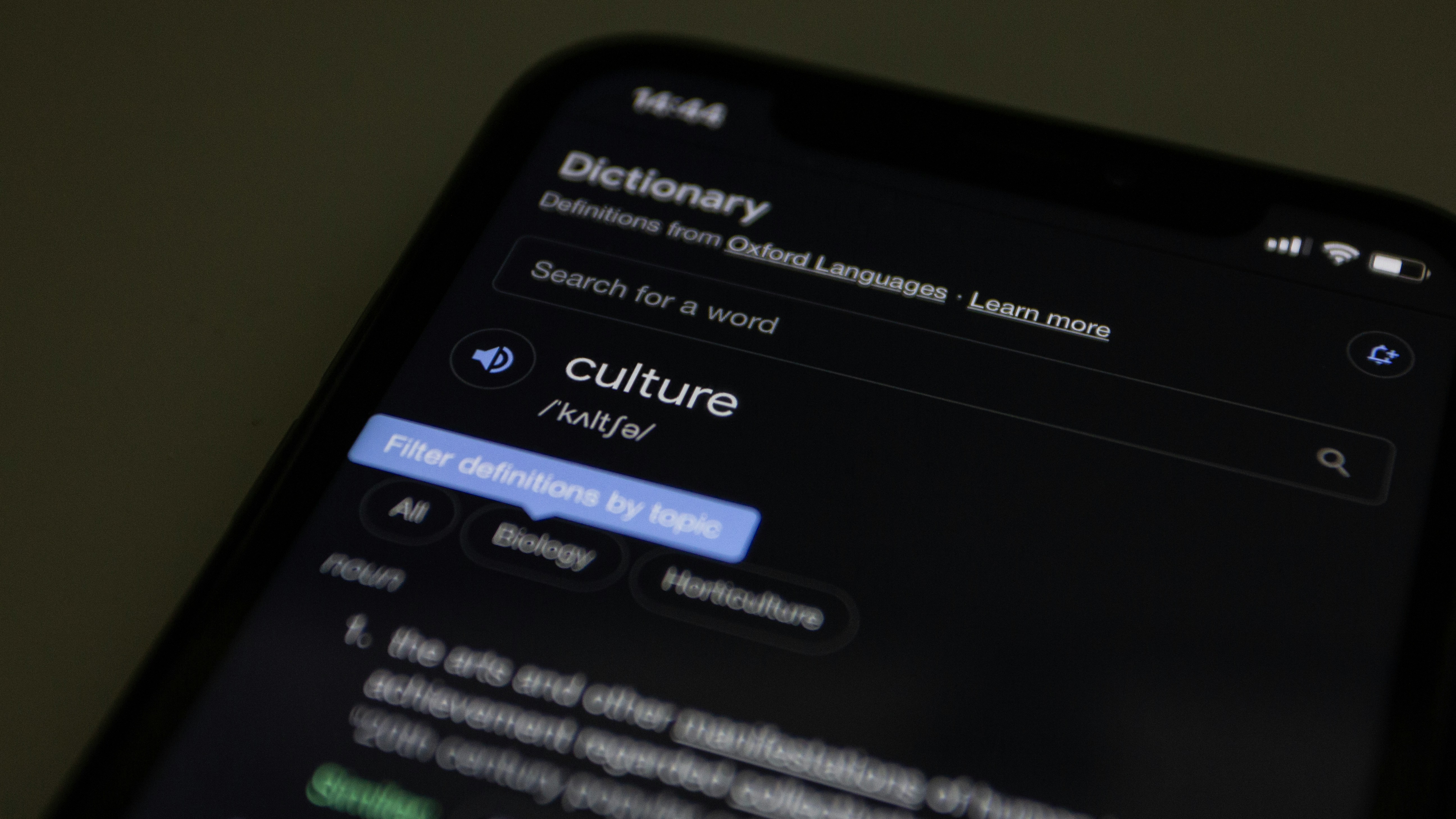1. What Are Intangible Assets?
Back
Intangible assets are non-physical resources owned by a company that hold economic value and can generate future benefits or income.
Unlike tangible assets, such as buildings or machinery, intangible assets lack physical form but are often critical to a company’s success and competitive edge. Their value isn't intrinsic or easily quantifiable, as it depends largely on how these assets are leveraged.
Intangible assets can include intellectual property, such as patents or trademarks, but they also encompass a wide variety of other forms. Below is a non-exhaustive list of intangible assets:

-
• Intellectual Property →
Patents: Exclusive rights granted for technological innovations. Trademarks: Distinctive symbols or signs identifying a company’s products or services. Copyrights: Exclusive rights provided to creators of literary, artistic, or musical works. Designs: Legal protection over the aesthetic aspects of a product. Trade secrets: Confidential business information that provides a competitive advantage, such as formulas or processes. -
• Knowledge and know-how →
Technical know-how: Specialized technical expertise held by a company, often unpatented. Market knowledge: Deep understanding of market dynamics and customer preferences. Methods and processes: Proprietary methods or processes developed in-house. -
• Technologies →
Software: Programs and applications developed or acquired by the company. Databases: Organized collections of data and information maintained by the firm. Proprietary technologies: Technical innovations exclusively developed and owned by the company. -
• Trademarks and Relationships →
Trade names: Names under which a company conducts its business. Goodwill: The additional value attributed to a company beyond the net worth of its tangible assets, often reflecting brand reputation. Supplier relationships: The value of established partnerships with reliable and high-quality suppliers. Employee relationships: The value derived from relationships with experienced, skilled employees. -
• Relationships and Contracts →
Customer relationships: The value of strong relationships with existing customers, which can generate future revenue. License agreements: Rights obtained to use another party’s intellectual property. Franchise agreements: Rights acquired to operate under a franchise model. Distribution agreements: Contracts that grant exclusive rights to distribute specific products or services. Non-compete agreements: Contracts that prevent competitors from directly challenging your business. -
• Rights and Permits →
Operating permit: Legal authorizations to conduct business in specific industries or regions. Emission rights: Permissions to emit a specified amount of pollution or emissions. Operating licenses: Rights to use specific technology or products under license. -
• Training and development assets →
Training programs: Systems and tools developed to train and upskill employees. Professional development plans: Strategies designed to enhance the skills, knowledge, and abilities of staff.


 Photo from Bastian Riccardi on
Unsplash
Photo from Bastian Riccardi on
Unsplash






